I am an unreserved admirer of landscape scenery and mountain vistas, space, and the connection between site and surroundings has always interested me. When I was first in Japan, I spent a lot of time visiting and enjoying parks. Aesthetics and presentation are very important for how we interpret and appreciate nature, not least in how it affects our emotions. While park design in itself could be an interesting lead-in to cultural values and traditions, it was the idea of shakkei, or borrowed scenery, that I found most interesting. It builds on the notion that distant landscapes and natural elements can be integrated into the experience of here. I remember a tiny pocket park in the middle of a Japanese city where, once inside, the city fell away and I felt transported out into the mountains.
When you think about it, you realise just how complex a process it is to enjoy nature. Our experiences are embedded in and contingent on interconnected systems, and whilst the complexity of these connections may seem daunting I believe that thinking explicitly about context, in addition to content, can considerably further our ability to design and manage landscapes with multiple functions and values. When looking at a map or to your rights to manage or use land, boundaries may seem clear and land parcels appear neatly bound and easily separable. Once in the system, boundaries become blurred.
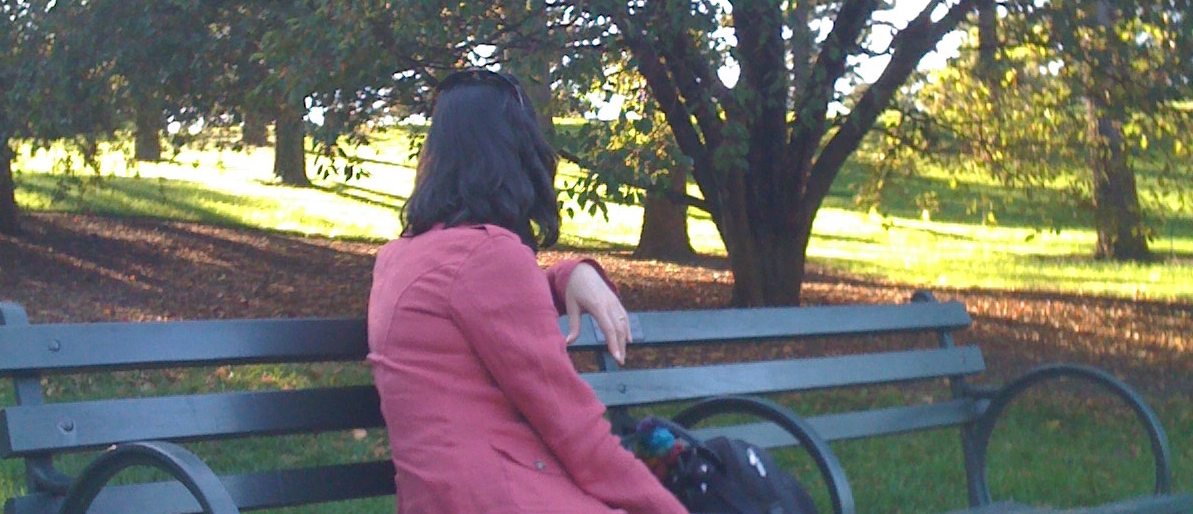
In a recent article (Andersson et al. 2015), my colleagues and I explored how to think about context when planning for ecosystem services. The baseline for the discussion was that most ecosystem services can, not least for practical purposes, be described in terms of the ecological units that are necessary for their generation. While the scientific grounds for defining and labelling something as an ecosystem service providing unit (is it the individual tree or the whole forest?) can always be discussed, the ‘unit’ was meant to provide planners and designers with an idea of what the minimum requirement might be for getting a specific service. This is not to say that services and their units should be addressed or understood individually, rather it was meant to make sure that design is based on ecological understanding rather than assumptions about land use.
Thus, if we are—and we should be—interested in aspects such as access, utilization, experience, resilience, and values, we need to think beyond the units directly involved in providing services. Whatever value we place on or find in an object is a combination of the qualities of the object itself and of how it relates to other things. We have a long tradition of evaluating components of infrastructure by their spatial connections as manifested through movements and flows, but space and distance (the first easy context) do not always have to be travelled through. Standing stock still, they can be experienced through the feeling of embeddedness, of being connected, here and now, to something larger…
The idea of context dependence can be taken further. Let’s take the example of trees. When asked about urban green structure, most people would probably think of trees, either individually or as distinguishing features in parks or other green areas. However, the potential benefits derived from any given tree will vary with the context in which you find the tree. Starting with our own perceptions and preferences, there is clear evidence that cultural context or perceptions matter. Significantly. A rich literature on sacred trees attests to how trees may add to sense of place and community cohesion, but there are also contrasting examples (e.g., Kronenberg 2015) where the cultural setting and history have caused urban trees to have primarily negative connotations.
Many other benefits of having urban trees are linked to larger environmental factors. For example, the much appreciated cooling effect of trees become increasingly important as temperature increases, especially during extreme heat spells. Other benefits, again, are only made possible through the aid of human technology and know-how. The syrup produced by Sugar Maple trees in the U.S., Canada, and elsewhere, depends on the technical extraction of maple syrup from the tree, followed by processing and, finally, delivery, in order to realize the food provisioning service potential of the trees. The social or socioeconomic context is similarly important to service provisioning by trees. For example, a group of trees may provide services of recreation and education if located and maintained within a park, but they depend on the park to attract people. If no residents visit the park, or if infrastructural or institutional accessibility is poor, then there is no recreation service. The same grouping of trees may also provide ecosystem disservices, such as providing shelter for illicit activities, if located in a deserted urban vacant lot instead of in a park (as convincingly demonstrated by Lyytimäki and Sipilä (2009)).
Why is this important? When you think about it, this perspective is rather intuitive—if not always explicit. This is how we see the world, if not how we reflect on it. Nevertheless, this pattern of thinking does not always inform how we try to realise, consciously or not, ecosystem services in our cities, at least not to the degree one might wish. Some societal services and functions—like much of our infrastructure—are understood and managed as interconnected parts of a larger system; transportation, communication, and education are all embedded and relational in the sense that they connect to and derive value from other parts of the system. Yet this has not been an active thread in the ecosystem service discussion. With the exception of cultural ones, ecosystem services have been treated like ecological functions that people happen to benefit from—something nature provides and that we receive.
However, as we are arguably part of nature and most ecosystem services are co-produced by people, a more careful consideration of just how and under what circumstances we actually benefit from ecosystems would highlight how management and thinking around different kinds of urban infrastructures need to change. Green and blue spaces, the units of ecosystem service production, are embedded in physical landscapes layered with social and cultural meanings and understandings. All these aspects play a role in the realisation of service-providing potential and most definitely for our understanding and valuation of these services.
What role do perception and perceived qualities have in a discussion that tend to be dominated by ‘objective facts’ and hard figures? And how can the local be embedded in the neighbourhood, city, region? Now these are questions worthy of their own treatise, and questions that have already been addressed at TNOC. Nevertheless—risking over-simplifying the complexity of the challenge and being breezily vague—I will conclude with a thought. Aesthetics and experiences already are prominent concerns in many cities, including thinking about how to connect local features with larger scale character, everything from the design of a new building to fit in with past architectonical styles and neighbourhood landscaping, to planning sightlines, pedestrian walkways and enticing entrances. If we have managed to bring in the human understanding of both tangible and intangible connections here, why not for other ecosystem services?
Erik Andersson
Stockholm
Andersson, E. et al., 2015. Scale and Context Dependence of Ecosystem Service Providing Units. Ecosystem Services, 12, pp.157–164. Available at: http://www.sciencedirect.com/science/article/pii/S2212041614000850 [Accessed September 26, 2014].
Kronenberg, J., 2015. Why not to green a city? Institutional barriers to preserving urban ecosystem services. Ecosystem Services, forthcomin(forthcoming).
Lyytimäki, J. & Sipilä, M., 2009. Hopping on one leg – The challenge of ecosystem disservices for urban green management. Urban Forestry & Urban Greening, 8(4), pp.309–315. Available at: http://dx.doi.org/10.1016/j.ufug.2009.09.003 [Accessed November 2, 2012].

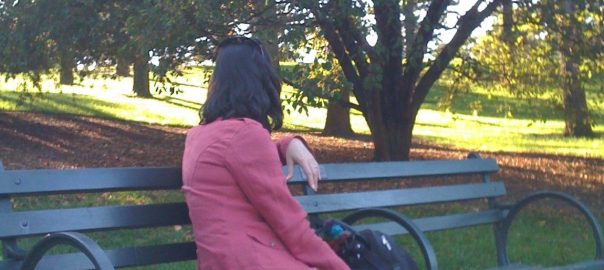






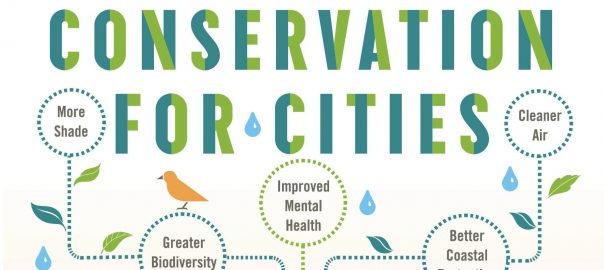
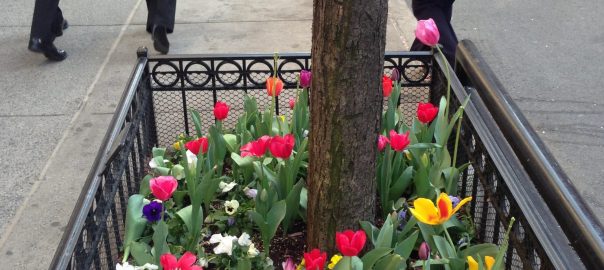
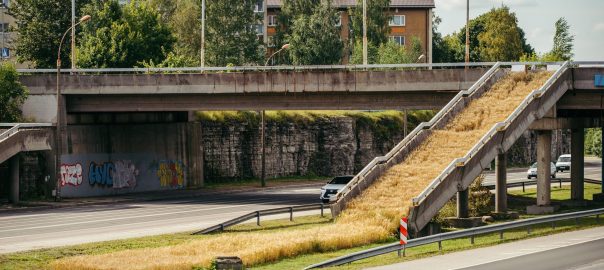
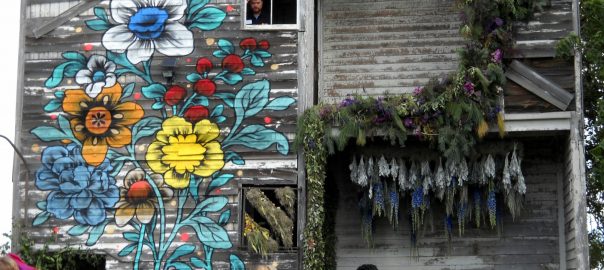
Well recognised indeed. Only structure – and somewhat one-dimensional understandings of it – has very much dominated thinking and policy. Function and perceptions are more contingent, and unpacking this complex (mess?) is still something we need to do – to make sure the urban landscape actually serve its inhabitants… Just consolidating insights from various fields should further our understaning a fair bit. How do we ensure urban services in general? Ecosystem services need not be so different.
Welcome this article.seems to bring together landscape architecture and ecosystem services. Seems to be good idea to bring in Green Infrastructure in this context.
Green Infrastructure is a network of green spaces that provides multiple social, economic and environmental benefits. It can play different roles in rural and urban areas. It is well recognised in the US and Europe. In the UK it is well established in planning policy (but often still poorly implemented).
We need to be connected to nature both physically (through green corridors, street lined trees and nature-friendly gardens. But we also need to re-create the emotional and spiritual connection to nature (we are part of it after all!) Many int eh conservation world seem just to be waking up how important people are in this equation (rather than just protecting sites and species). Lots of good work done in last 10 years or so.